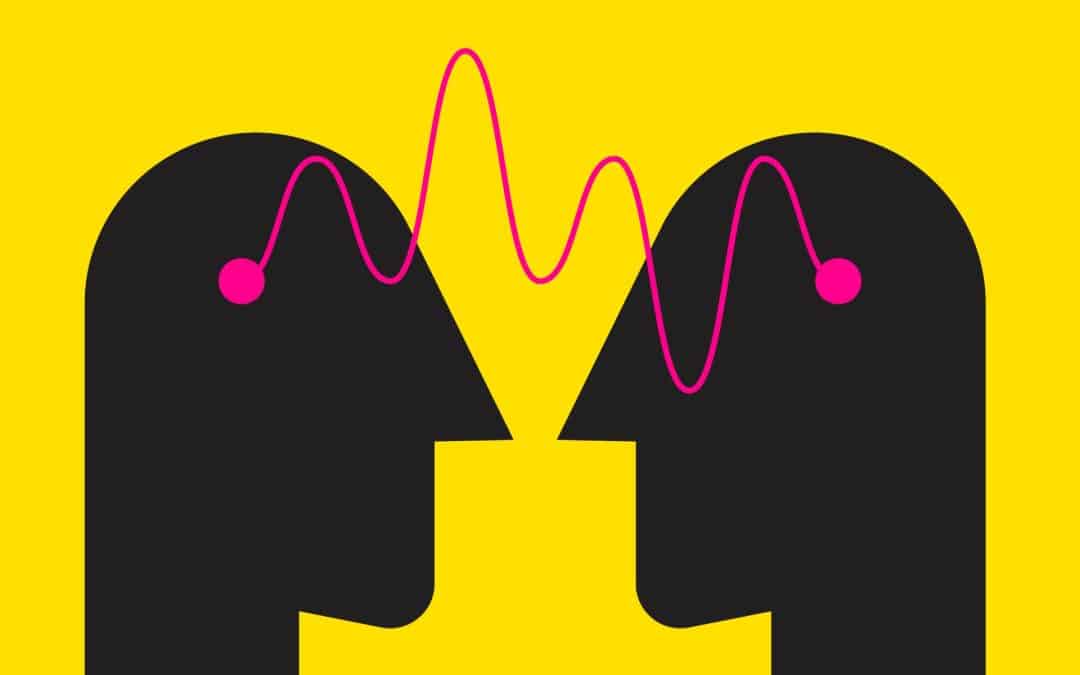Kanner listed thirteen specific traits relevant to autism – note what is in first place!
- Special abilities
- Not asking questions or talking too much
- Happiest alone and indifferent to others
- Not emotive
- Mania for spinning
- Destructive temper tantrums
- Disinclination to play with other children
- Shaking head from side to side
- Thinking and thinking, locked in his own mind
- Limitations of spontaneous activity
- Flapping, whispering, spinning stuff
- Words having inflexible meanings
- Concreteness, a need for absolutes
Austrian clinician, Hans Asperger, working independently from Kanner , also identified autism as including traits of high intelligence aligned with obsessive interests and difficulty with social interactions.
Despite their groundbreaking work , not only did It take until the 1980’s for the work of Kanner to be included in the DSM (Diagnostic and Statistical manual of Mental Disorders) and another decade for Asperger’s to be included; there was (and still is) something vital left out of the final diagnostics – Special abilities.
The DSM-1V notes that people with autism have deficits in three key areas.
- Verbal and non verbal communication
- Social awareness and interaction
- Imaginative play (variable interest and behaviours
In 2103 the DSM-5 updated itself to deficits in only two categories:
- Impaired social communication and /or interaction
- Restricted and or/repetitive behaviors
Yet at no time has there been categories in the DSM for higher functioning. The leading fathers of autism psychology both purported traits of higher intelligence, yet our psychological system does not see fit to include. Why?





